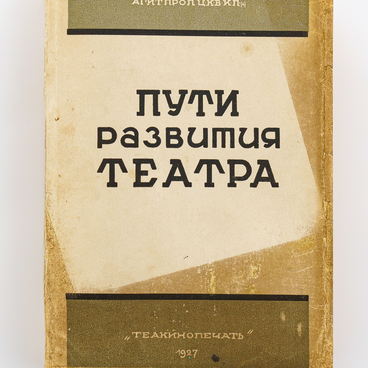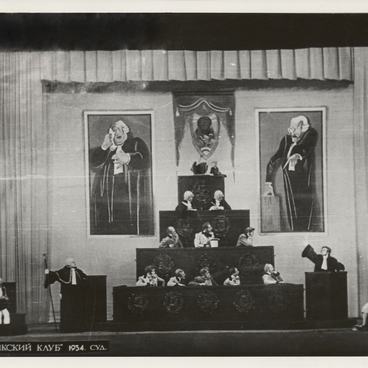The French-Russian dictionary published before the Bolshevik Revolution stood on Bulgakov’s shelf in his office at 35a Bolshaya Pirogovskaya Street. During his life, Mikhail Afanasyevich tried to learn several foreign languages: he wrote letters to his third wife Yelena Sergeevna in Spanish, had English lessons with his teacher Marina Spendiarova, and studied Latin, German and French at the gymnasium.
Complete Russian-French Dictionary
There were many books in the study, as well as in the corridor, dining room — everywhere. I was struck by the abundance of all kinds of explanatory and phraseological dictionaries in several foreign languages, reference books, cookbooks, horoscopes, dream interpreters — dream books, various almanacs and guides to cities and countries.
In 1928, Bulgakov asked the Soviet authorities to let him go abroad with his second wife Lyubov Belozerskaya, referring to his poor knowledge of German,
I ask you to let me take my wife, who will be my interpreter. Without her it will be extremely difficult for me to fulfill all my affairs (I do not speak German).
However, Mikhail Afanasyevich probably knew French better. The secretary of the editorial board “Nedra” Peter Zaitsev recalled that once Bulgakov came with him to visit the company, where they did not know the writer, and very skillfully impersonated a French foreigner,
We were treated to tea and sweets, and we played our harmless vaudeville for an hour and a half. But then twelve o’clock struck. Bulgakov took off his mask and introduced himself.
The writer’s third wife, Yelena Sergeevna, recalled going to the library with Bulgakov and helping him take notes from French sources about Molière. In 1935, Mikhail Afanasyevich worked on the translation of Moliere’s comedy “The Miser” for the publishing house “Academy”. The translation came out only in 1939 in the third volume of the collection of works of Moliere, which was not in the “Academy”, but in Goslitizdat. Moliere was Mikhail Afanasyevich’s favorite playwright. He wrote a play about Moliere’s “Cabal of Hypocrites”, which the Moscow Art Theater prepared for production for five years to be removed from the repertoire after several performances because of a scathing article in “Pravda”. In 1933, Bulgakov wrote a book “Moliere” for the series “Life of Great People”, but it did not get published in Mikhail Afanasyevich’s lifetime.







